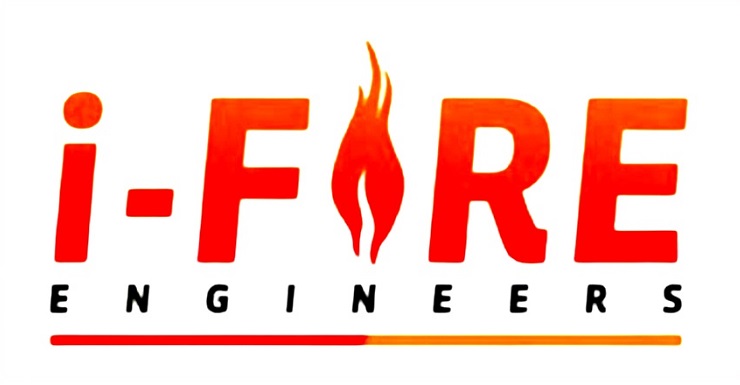Anemia develops when you don’t have enough healthy red blood cells to carry oxygen throughout your body. It causes you weakness and fatigue. There are several forms of anemia and their respective causes. Consult your doctor if you suspect you have anemia as it can be a warning sign of a serious illness. Treatments for anemia range from taking supplements to undergoing medical procedures. You can prevent some types of anemia by eating healthy.
Signs and symptoms vary depending on the cause of the anemia. Some of these symptoms are:
fatigue
weakness
Yellowing of the skin
Irregular heartbeats
Breathing problems
Dizziness
Cold hands and feet
Chest pain
Headache
Initially, the symptoms may be so mild that you may not realize that you are suffering from anemia. But, as the symptoms worsen, the anemia also begins to worsen.
When should you have a medical visit?
Make an appointment with your doctor if you feel tired for no reason. Some types of anemia, such as iron or vitamin B12 deficiency, are common. Besides anemia, fatigue has many other causes, so don’t jump to the conclusion that if you feel tired, it means you are anemic.
Causes
Anemia occurs when the blood does not have enough red cells, if:
The body does not produce enough red blood cells
Hemorrhage causes red blood cells to be lost faster than they can be replaced
The body itself destroys red blood cells
What do red blood cells do?
The body produces 3 types of blood cells – white blood cells that fight infection, platelets that help blood clot, and red blood cells that carry oxygen throughout the body.
Red blood cells contain hemoglobin – the iron-rich protein that gives blood its red color.
Hemoglobin enables the transport of oxygen from the lungs to all other parts of the body and the removal of carbon dioxide.
Most blood cells, including red cells, are made in the spinal cord – a spongy material found inside the cavities of many of the body’s bones. To make hemoglobin and red blood cells, the body needs iron, vitamin B12, folate and other nutrients from the foods you eat.
Some of the types of anemia and their causes are:
Iron deficiency anemia: It is the most common type of anemia worldwide. It is caused by a lack of iron in the body. The spinal cord needs more iron to make hemoglobin. Without sufficient iron, the body cannot produce enough hemoglobin for red blood cells. Anemia due to iron deficiency occurs mainly in pregnant women. It is also caused by hemorrhage, heavy bleeding during the menstrual cycle, ulcers, cancer and frequent use of pain relievers, especially aspirin.
Vitamin deficiency anemia: In addition to iron, the body also needs folate and vitamin B12 to produce enough healthy red blood cells. A lack of these important nutrients can cause a decrease in red blood cell production.
Chronic anemia disease: Certain diseases – such as cancer, HIV/AIDS, rheumatoid arthritis, kidney disease, Crohn’s disease and other inflammatory diseases can interfere with the production of red blood cells.
Aplastic anemia. A rare type of anemia that occurs when the body does not produce enough red blood cells. Its causes are infections, certain drugs, autoimmune diseases and exposure to toxic chemicals.
Anemia associated with spinal cord disease. Some diseases, such as leukemia and myelofibrosis, can cause anemia by affecting blood production in the spinal cord. Their effects range from mild to life-threatening.
Hemolytic anemia. This type of anemia develops when blood cells are destroyed faster than the bone marrow can replace them. Certain blood diseases cause the development of this condition. You can inherit hemolytic anemia or develop it as you age.
Sickle cell anemia is caused by a defective form of hemoglobin that gives red blood cells an irregular (sickle-like) shape. These disordered blood cells die prematurely, causing a chronic shortage of red blood cells.
Other types of anemia. There are also other forms of anemia, such as thalassemia and malarial anemia.















